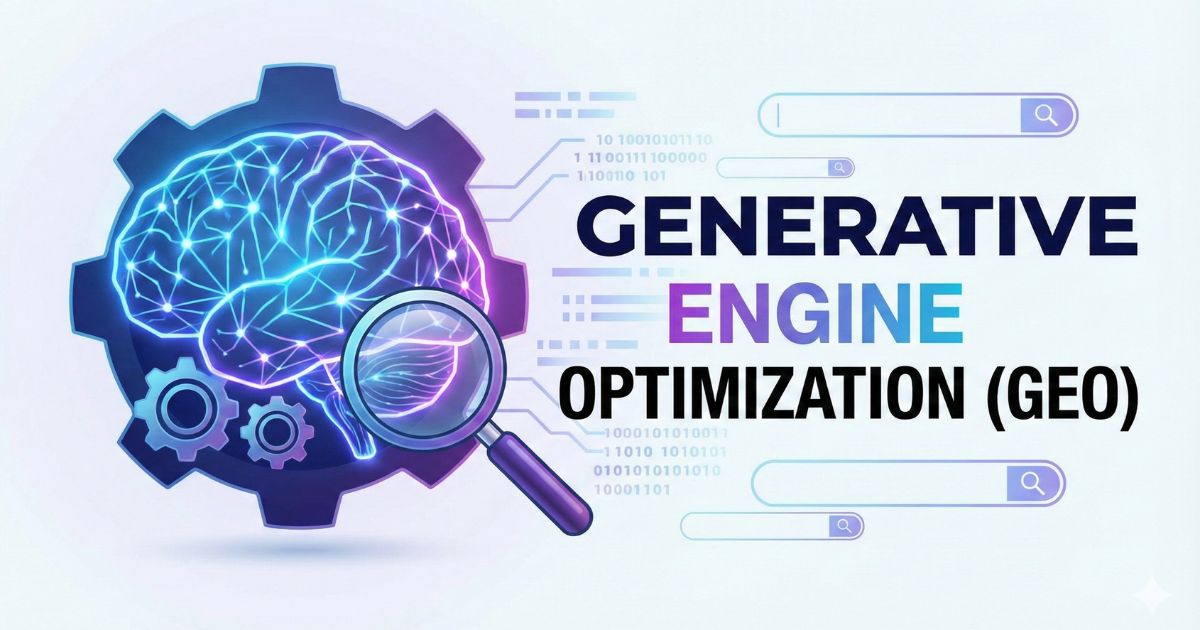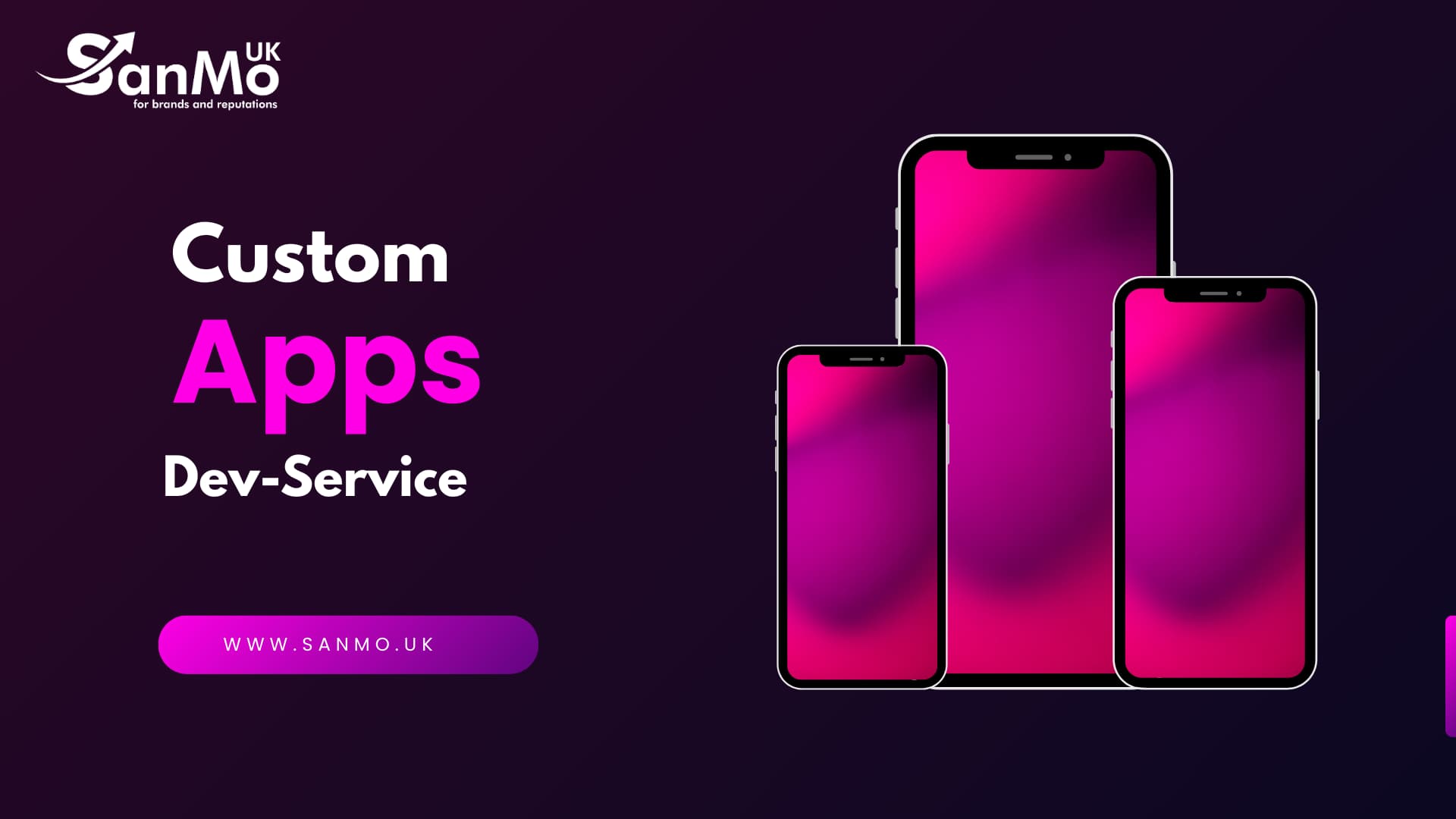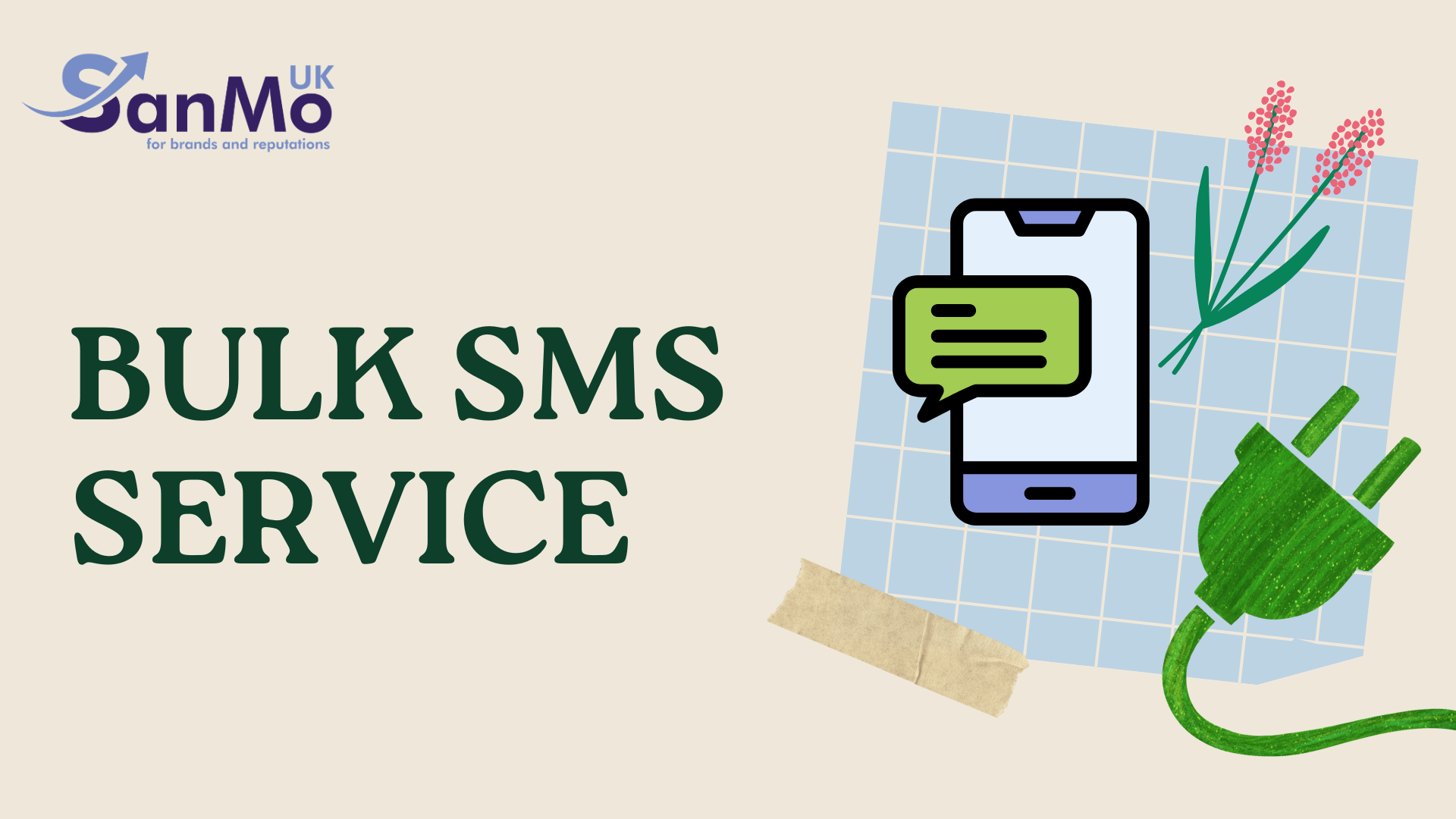Discover the power of brand monitoring, how it shapes brand perception, and why it’s essential in today’s digital world.
Introduction
In today’s digital age, where everyone can share their opinions instantly across platforms, keeping a positive brand image isn’t just beneficial—it’s essential. This is where brand monitoring becomes a game-changer. Think of it as your brand’s “radar,” helping you see exactly how, where, and when people are talking about you. With effective brand monitoring, you can protect your reputation, connect with your audience, and gain insights to keep you one step ahead of competitors. So, let’s dive into what brand monitoring actually is, how it works, and why it matters for brands today.
What is Brand Monitoring?
At its core, brand monitoring is about tracking what’s being said about your brand across the digital landscape. It goes beyond general social listening, which covers broader conversations, to focus specifically on your brand. Whether it’s compliments, complaints, or neutral comments, brand monitoring collects it all to give you a complete picture of public sentiment and reputation.
Some Examples of Brand Monitoring Activities:
- Tracking social media mentions of your brand name
- Monitoring reviews on platforms like Google or Yelp
- Checking news publications or blogs for mentions
Key Elements of Brand Monitoring
- Tracking Brand Mentions Across Platforms
Brand monitoring tools collect mentions of your brand across social media, review sites, news outlets, and forums. This helps you stay up-to-date on how often and where people are talking about your brand. - Monitoring Sentiment Analysis
Sentiment analysis assesses the tone behind mentions—whether positive, negative, or neutral. It lets brands see the overall mood of their audience and react to negative comments before they can snowball. - Observing Competitor Activity
Monitoring competitors is a strategic part of brand monitoring. It highlights trends and gaps in the market, helping you see where your brand stands and if there are any adjustments to make.
The Importance of Brand Monitoring
In our fast-paced digital world, brand monitoring has become a powerful tool for:
Protecting Brand Reputation
A single negative comment can quickly spread and become a PR nightmare. Brand monitoring helps you catch these issues early, giving you the chance to respond before they escalate.
Enhancing Customer Experience
Keeping an eye on comments, reviews, and complaints gives you direct insight into what your customers love—and what they don’t. It’s a real-time feedback loop that helps improve your products and customer service.
Identifying Growth Opportunities
Brand monitoring reveals what customers want but aren’t getting, giving you a clearer picture of their needs. You can then use this data to refine your products or marketing strategies.
How Brand Monitoring Works
Brand monitoring uses tools that gather mentions from social media, review sites, news, and more. Key data points include:
- Mentions: How often your brand is mentioned and in what context.
- Sentiment: The tone behind each mention.
- Engagement: How people interact with mentions (comments, likes, shares).
Popular tools like Sprout Social, Mention, and Hootsuite provide dashboards where brands can monitor, analyze, and respond to mentions in one place.
Benefits of Brand Monitoring
Improved Customer Engagement and Loyalty
responding to customer feedback shows that you care about your customers’ opinions. This not only helps you connect with your audience but also strengthens brand loyalty.
Real-Time Response to Crises and Complaints
when something goes wrong, timing is everything. Brand monitoring tools give you a heads-up so you can address issues before they spiral into bigger problems.
Data-Driven Marketing Insights
The data you gather through brand monitoring can shape your marketing strategy, revealing what types of content resonate most with your audience, what influences their decisions, and where you can improve.
Brand Monitoring vs. Brand Management
While brand monitoring focuses on tracking mentions and gathering insights, brand management involves actively building and shaping your brand’s image. Together, these practices create a balanced approach that helps brands stay responsive and intentional about their reputation.
Challenges in Brand Monitoring
Handling Large Volumes of Data
With thousands of mentions, sorting relevant information can feel overwhelming. Having a reliable tool that filters significant mentions makes all the difference.
Interpreting Diverse Sentiments
Not every sentiment is straightforward. Sarcasm or cultural differences can make interpretation tricky, so advanced tools with strong sentiment analysis capabilities are essential.
Brand Monitoring Tools
Some popular brand monitoring tools include:
- Sprout Social: Offers detailed brand tracking and engagement features.
- Mention: Specializes in real-time tracking across social media and news sites.
- Google Alerts: A free option to monitor brand mentions on Google Search.
Each tool has its own strengths, so it’s important to choose one that aligns with your goals and resources.
Case Studies
Example 1: Nike
Nike uses brand monitoring to catch trends early, which helps them craft campaigns that resonate with the public.
Example 2: Starbucks
Starbucks constantly monitors customer feedback, especially regarding suggestions or complaints, to improve their customer experience.
Best Practices for Brand Monitoring
- Set Clear Objectives and KPIs: Define specific goals like the number of mentions or sentiment scores to track your progress.
- Establish a Response Strategy: Create a plan for addressing negative feedback so responses are quick and consistent.
- Regular Analysis: Review data regularly to adjust your strategy and keep up with public sentiment.
Future of Brand Monitoring
Emerging technologies like AI and machine learning are changing the brand monitoring game. These advancements allow brands to dive deeper into sentiment analysis, receive real-time alerts, and even predict shifts in public perception. As tools become more sophisticated, brands will gain even better insights and faster response capabilities.
Conclusion
Brand monitoring is essential for understanding and managing public perception, engaging with customers, and making data-driven decisions. By staying alert to brand mentions, analyzing sentiment, and tracking trends, brands can be proactive, responsive, and relevant in today’s ever-changing digital landscape. Investing in a strong brand monitoring strategy not only strengthens reputation and customer loyalty but also ensures your brand is prepared to seize opportunities and tackle challenges as they arise.







